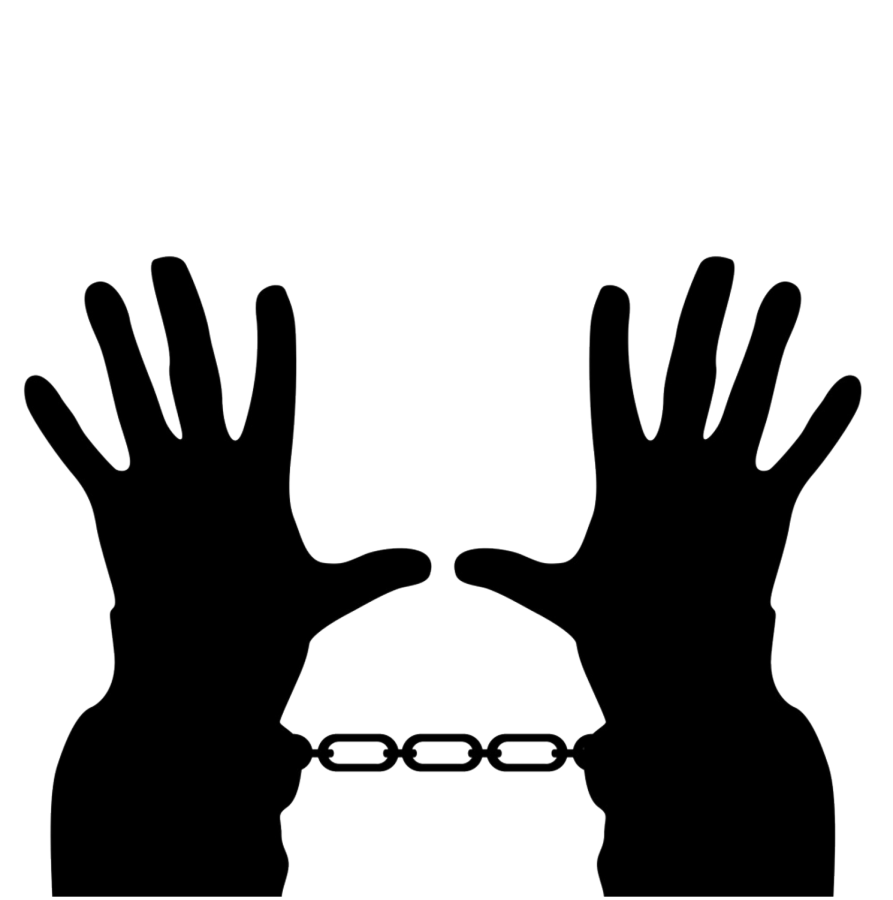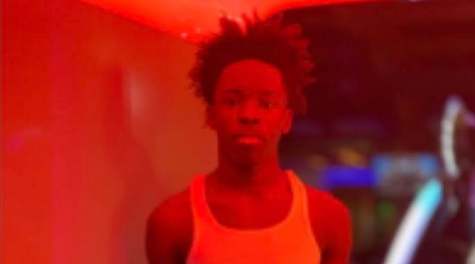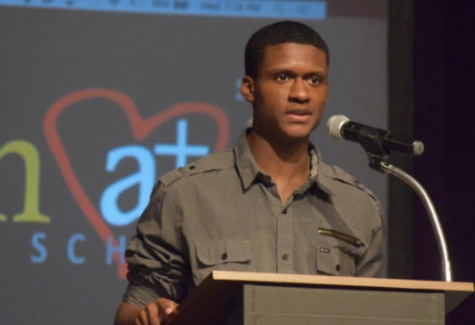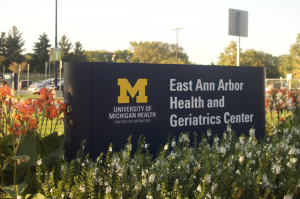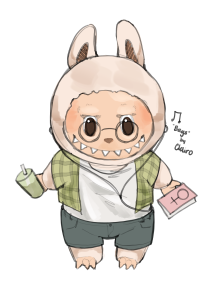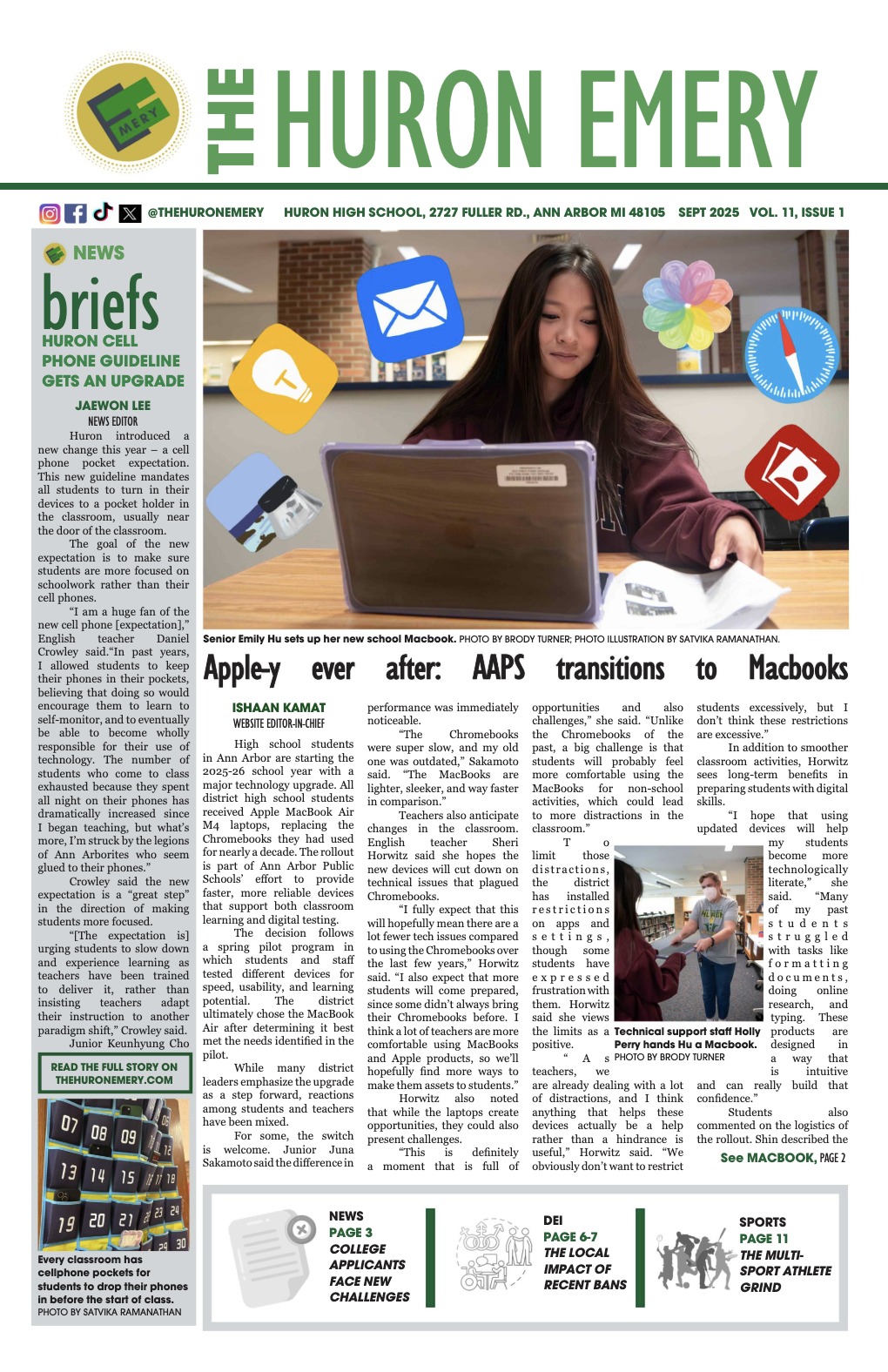Constant fear of the unexpected: human trafficking in the Ann Arbor area
April 11, 2019
When she was just 14 years old, Charise moved from home in Mexico to Ann Arbor, Michigan, a completely foreign environment. Having never lived in a city before, she entrusted her new friend, Rosi to guide her through her new life. Little did she know, Rosi was a recruiter for a human trafficking ring.
“One Sunday afternoon, Rosi showed up at the house where I was living. She had gotten my address from work so she could take me around the city. She promised my cousin that she’d see me safely home before dark, so I went with her to a nearby park,” Charise said.
Because Rosi was an adult who knew the city well, Charise trusted her, even though she barely knew her. Now a survivor of sex trafficking, Charise is brave enough to share her story.
“All my dreams and my life seemed to end when three men kidnapped me with the help of my coworker,” Charise said. “Her name was Rosi. I barely knew her, but I thought she was my friend.”
Eager to make new friends, Charise had trusted her co-worker her co-worker’s boyfriend enough to pursue friendship.
“It was the first time I’d gone out since arriving in Ann Arbor,” Charise said. “Everything was new to me. I didn’t know much at all about the city or, at that age, about life’s dangers, and I trusted her.”
Charise said they met a series of three men, Jamie, Riley, and another man, over the course of that day. They took photos but could not get them until a week later. So, after a week passed, Rosi took her back.
“While Jamie talked about how he was now Rosi’s boyfriend, Riley, told me I was even prettier in person than in the photo,” Charise said. “Rosi quickly added that she and her boyfriend had already picked up the photos. ‘Let’s go to the park for a while, and then we can come back,’ she said. ‘Get in the car!’”
Charise became a part of was human trafficking ring where humans are traded for some form of labor. This could take the form of sex trafficking, drug trafficking, forced labor, or bonded labor. Charise defines human trafficking as an instance “When someone abducts then defrauds someone, or takes them for an improper purpose, like forced labor, or sexual exploitation.”
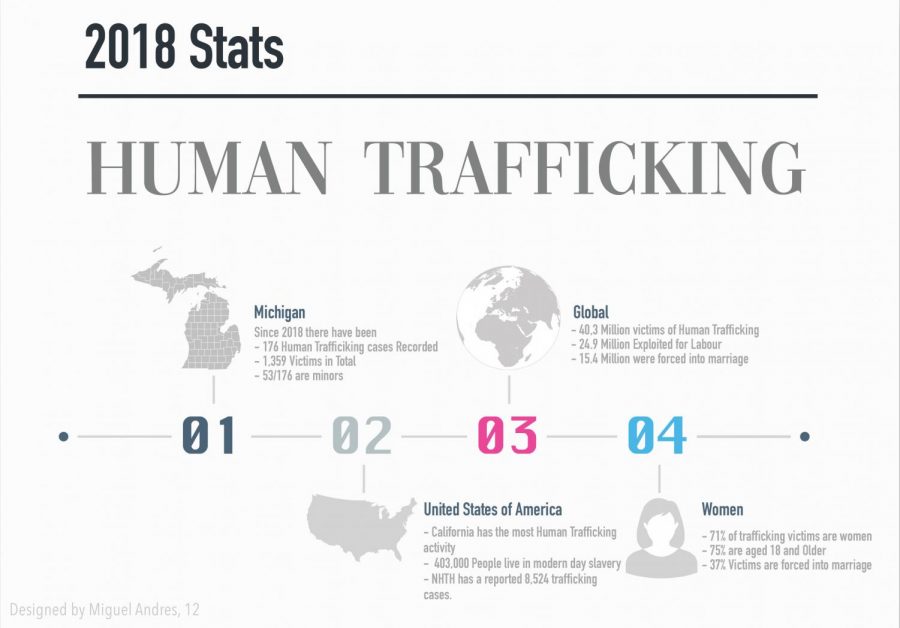
The United States has laws against human trafficking in The Universal Declaration of Human Rights (UDHR). This is a document adopted by the United Nations in 1948 and it is comprised of 30 articles which grant human rights. Human trafficking clearly violates articles 4 and 5 of the UDHR. Article 4 states that “No one shall be held in slavery or servitude; slavery and the slave trade shall be prohibited in all their forms.” Charise said that the basic elements of Human Trafficking are, “I would say exploiting prostitution, slavery, sexual exploitation, and forced labor.”
Article 5 states that “No one shall be subjected to torture or to cruel, inhuman or degrading treatment or punishment.” Charise said “I made a friend while I was being trafficked she was 17 been there for 5 years and she told me her story. She was shot in the leg, raped, beaten, and mentally abused.”
According to the Merriam-Webster Dictionary, human trafficking is defined as an organized criminal activity in which human beings are treated as possessions to be controlled and exploited. This violates Article 4 by taking people against their will and forcing them to do things for profit, which is a form of slavery. It violates Article 5 because it degrades them as a possession instead of a human being.
According to the Polaris Project, “Runaway and homeless youth, as well as victims of domestic violence, sexual assault, war or conflict, or social discrimination are frequently targeted by traffickers.”
Our trafficker was in Virginia prostituting her on the streets while he was on pre-trial for a malicious wounding charge against another sex trafficking victim.
She talked about some of the things she had witnessed with us. She described how it was being trafficked.
“First, they pretend to be your friend, lover, basically someone you trust,” Charise said.
This is representing the Action aspect of the stages of Human Trafficking.
“Then you’re going to get the ‘Presidential Treatment’ which is when you get to live in the main house get to shower and all of the normal things but if you disobey them then you stay in the basement get abused,” Charise said. That leads into the Force part of the means category in human trafficking.
Michigan
Human trafficking is a local issue which needs to be acknowledged. According to the Human Trafficking Hotline, 1359 cases of human trafficking were reported in Michigan since 2007. However 881 of these cases were reported 2015 or later. This shows that this is a growing issue in Michigan. The Polaris Project shows that Michigan, along with the east coast, has among the highest trafficking rates in the nation.
United States
Human trafficking is a national issue as well. According to the Human Trafficking Hotline, there were 45,308 cases reported, but 26,811 of those cases were between 2015 and mid 2018. It is increasing nationally too. 5.4 out of 1000 people have been trafficked globally, which means that on average 656 people in Ann Arbor alone have been trafficked. This also means that 1.7 million have been trafficked around the United States. The National Human Trafficking Hotline asks us to report any cases that we may have witnessed to 1-(888)-373-7888.
The World
Human trafficking is reoccurring issue a globally additionally. According to Stop The Traffik, there were 40.3 million victims of human trafficking in 2016. 24.9 million of these 40.3 million have been used for exploited labor. 71% of those victims were Women and Girls, 29% were men. Plus, 75% of victims are 18 years of age or older and the remaining 25% are children. Even with children being of the smaller percentage it is at the beginning of their life and has a significant effect on their future and ways of knowing.



